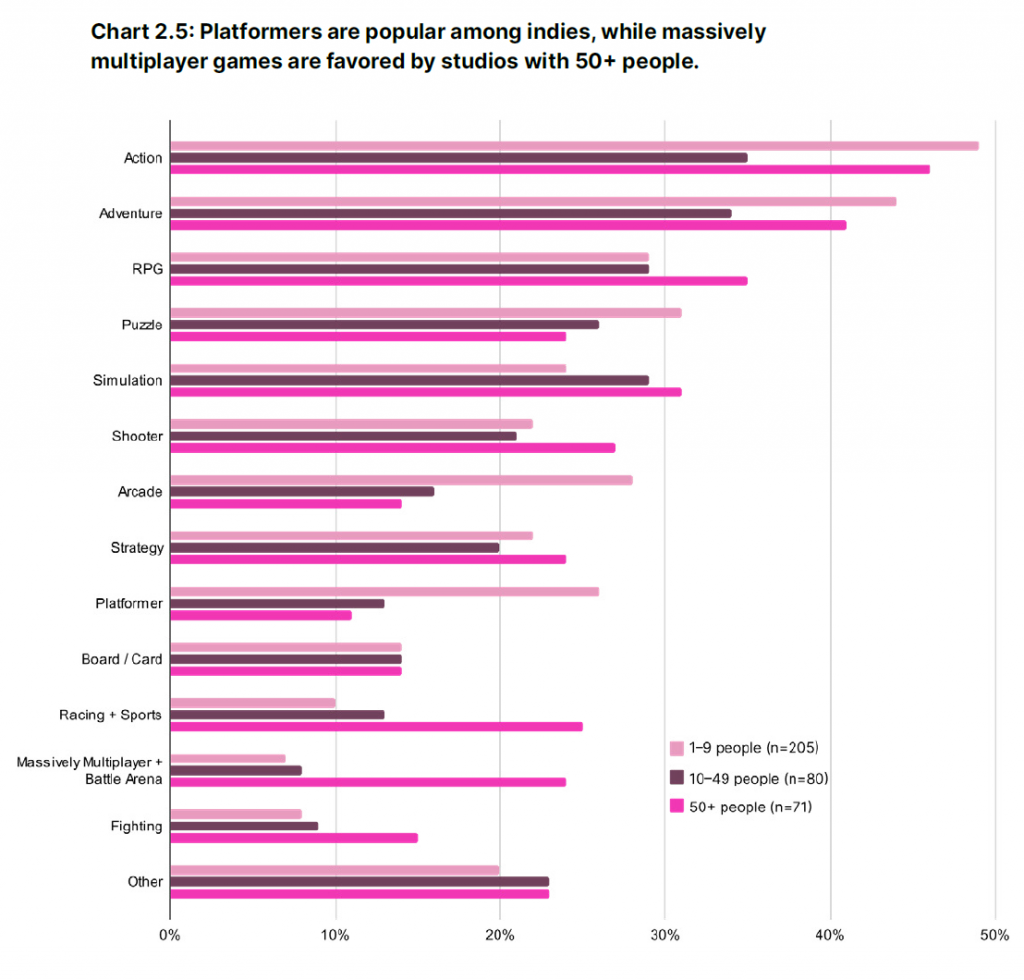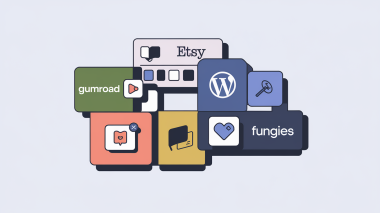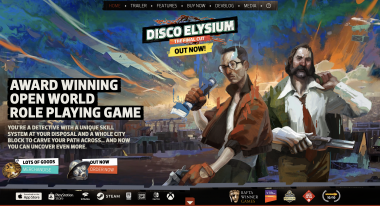The indie gaming market has experienced significant growth in the past decade, with countless small and independent developers creating unique gaming experiences that cater to a diverse range of gamers. Despite being dwarfed by the multi-billion-dollar budgets of AAA game studios, indie developers have managed to carve out a niche for themselves, delivering innovative and often unexpected games. In this article, we will delve into the current state of the indie gaming market, exploring its size, growth, and the ever-increasing number of developers contributing to the scene.
The Indie Gaming Market: A Brief Overview
Indie games, or independent games, are developed by small teams or individuals without the financial backing of major publishers. These games often rely on crowdfunding platforms like Kickstarter or Patreon, as well as digital distribution platforms such as Steam, Itch.io, and the Epic Games Store, to fund development and reach players. The indie gaming market has seen a surge in popularity and diversity, with games spanning numerous genres, including puzzle-platformers, roguelikes, visual novels, and many more.
While exact numbers for the size of the indie gaming market can be challenging to pin down, several reports and analyses have estimated its value to be in the billions of dollars. According to a 2020 report by market research firm Newzoo, the global indie gaming market was valued at approximately $2 billion, with a predicted compound annual growth rate (CAGR) of 7% from 2020 to 2023.
The state of Indie Gaming Development
Indie Game Developers are shipping games quickly and developers are working fewer hours

Making an indie game is a complex process that involves several stages, such as designing, programming, art, sound, and testing. The development of an indie game can take anywhere from a few months to several years, depending on the complexity of the game and the size of the development team. A 2D platformer game is an example of an indie game that can be developed by a small team and can take several months to complete.
The first stage in making an indie game is designing. In this stage, the game designer comes up with the concept of the game, the storyline, the characters, the game mechanics, and the levels. The designer creates a document that outlines the game’s design and shares it with the team. The team provides feedback and suggestions, and the designer iterates until the design is solid. The design document serves as a blueprint for the rest of the development process.
Once the design is finalized, the development team moves on to programming. In this stage, the game’s code is written, and the game mechanics are implemented. The team uses game engines, such as Unity or Unreal Engine, to build the game. The team may also create custom tools and plugins to enhance the game’s functionality. Programming is a time-consuming process that can take several months to complete.
The next stage is art, where the team creates the game’s visual assets. This includes the game’s characters, backgrounds, objects, and animations. The team may use software such as Photoshop, Illustrator, or Blender to create the art. The team ensures that the game’s art style is consistent and complements the game’s design. Art can take several months to complete, depending on the complexity of the game.
Sound is also an essential aspect of game development. In this stage, the team creates sound effects, background music, and voiceovers for the game. The team may use software such as Audacity or Pro Tools to create and edit the sounds. The team ensures that the sound complements the game’s design and creates an immersive experience for the player. Sound can take several weeks to several months to complete.
Once the game is programmed, the art and sound are added, and the game is ready for testing. In this stage, the team tests the game for bugs, glitches, and gameplay issues. The team ensures that the game is stable and playable. The team may also conduct user testing to get feedback from players and make necessary changes. Testing can take several weeks to several months, depending on the complexity of the game.
A 2D platformer game is an example of an indie game that can be developed by a small team. Let’s take the example of a 2D platformer game called “Super Jump”. “Super Jump” is a game where the player controls a character that can jump and run to navigate through levels. The game has a retro pixel art style and a chiptune soundtrack.
In the designing stage, the game designer comes up with the concept of “Super Jump”. The designer creates a document that outlines the game’s design and shares it with the team. The team provides feedback and suggestions, and the designer iterates until the design is solid. The design document includes the game’s storyline, the character’s abilities, the level design, and the game mechanics.
In the programming stage, the team uses the Unity game engine to build the game. The team creates the character’s movement and jump mechanics, the enemy AI, and the level design. The team also creates custom tools and plugins to enhance the game’s functionality. Programming takes six months to complete.
In the art stage, the team creates the game’s visual assets. The team creates the character’s sprites, the backgrounds, the objects, and the animations. The team ensures that the game’s art style is consistent.
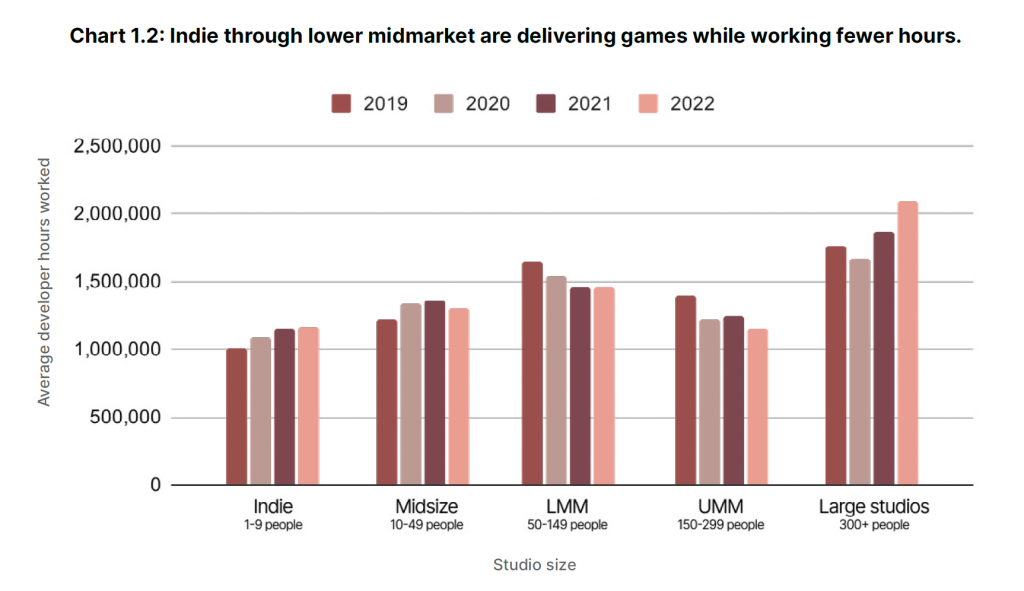
Using premade assets to prototype quicker
Creating an indie game from scratch can be a time-consuming and challenging task. However, with the increasing popularity of game development, there are now many resources available that can make the process easier and faster. One such resource is the Unity Asset Store, which offers a vast library of premade assets that can be used to create a quick prototype of an indie game.
The Unity Asset Store offers a wide range of assets, including 3D models, textures, animations, sound effects, music, and scripts. These assets are created by developers and artists from around the world and can be purchased and downloaded directly from the store. The assets are compatible with the Unity game engine, which is one of the most popular engines for indie game development.
Using premade assets from the Unity Asset Store can save a significant amount of time and effort in the game development process. Instead of spending weeks or even months creating art assets, developers can purchase ready-made assets and integrate them into their game quickly. This not only speeds up the development process but also allows developers to focus on other aspects of the game, such as programming, design, and testing.
Furthermore, using premade assets from the Unity Asset Store can help developers create a quick prototype of their game. Prototyping is an essential part of game development as it allows developers to test out ideas and gameplay mechanics quickly. With premade assets, developers can create a playable prototype in a matter of days or even hours, allowing them to iterate on the game design and mechanics more rapidly.
For example, imagine a developer who wants to create a 2D platformer game similar to Super Mario Bros. Instead of spending weeks creating art assets for the game, the developer could purchase a set of pre-made 2D platformer assets from the Unity Asset Store. These assets might include character sprites, background tiles, enemy animations, and sound effects. The developer could then use these assets to quickly create a prototype of the game in Unity.
Using premade assets from the Unity Asset Store not only speeds up the development process but also allows developers to create higher quality games. The assets available on the store are created by experienced artists and developers, ensuring that the quality is high. This means that even indie developers with limited art skills can create professional-looking games by using premade assets.
Moreover, the Unity Asset Store offers a variety of assets that can help developers create unique and innovative games. For example, there are assets that allow for procedural generation of levels, assets for creating realistic physics simulations, and assets for creating advanced AI systems. By utilizing these assets, developers can create games that stand out from the crowd and offer new and exciting gameplay experiences for players.
In conclusion, using premade assets from the Unity Asset Store can make the game development process faster and easier, allowing developers to create a quick prototype of their game and iterate on it more rapidly. The quality of the assets available on the store ensures that even indie developers with limited art skills can create professional-looking games. Furthermore, the variety of assets available on the store allows developers to create unique and innovative games that offer new and exciting gameplay experiences for players. Overall, the Unity Asset Store is a valuable resource for indie game developers and can significantly improve the quality and speed of game development.
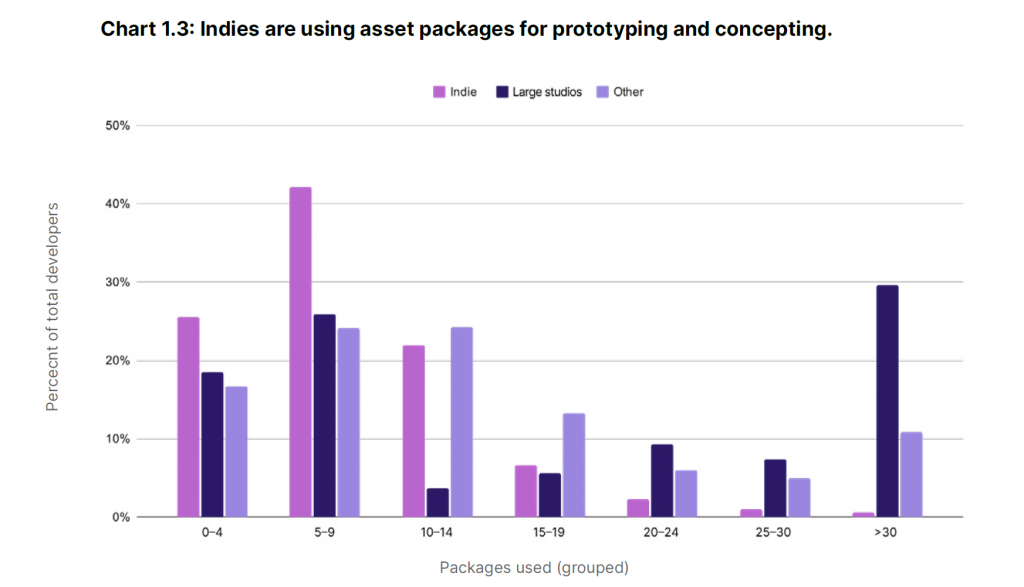
Building an indie game prototype is essential to success
Building prototypes is an essential part of the game development process. It allows developers to test out ideas and gameplay mechanics quickly and iterate on them until they find the right formula. In recent years, the use of premade assets has become increasingly popular for creating prototypes. Using premade assets offers several benefits that can help developers build better prototypes faster.
Here are ten benefits of using premade assets to quickly build a prototype:
- Time-saving: Using premade assets can save a significant amount of time in the game development process. Developers don’t have to spend hours creating art assets, animations, or sound effects, allowing them to focus on programming and design.
- Cost-effective: Purchasing premade assets is often less expensive than hiring an artist or sound designer to create custom assets. This is especially beneficial for indie developers who may have limited resources.
- Access to high-quality assets: The assets available on the Unity Asset Store are created by experienced artists and developers, ensuring that the quality is high. This means that even indie developers with limited art skills can create professional-looking games by using premade assets.
- Wide variety of assets: The Unity Asset Store offers a wide variety of assets, including 3D models, textures, animations, sound effects, music, and scripts. This allows developers to find the right assets for their game quickly.
- Easy integration: Premade assets are designed to be easily integrated into game engines like Unity. This means that developers don’t have to spend time tweaking the assets to fit their game.
- Rapid prototyping: Using premade assets allows developers to create a playable prototype in a matter of days or even hours, allowing them to iterate on the game design and mechanics more rapidly.
- Testing out gameplay mechanics: Prototyping allows developers to test out gameplay mechanics and see what works and what doesn’t. This can save a lot of time and effort in the long run as developers can identify and fix issues early on in the development process.
- User feedback: Prototyping also allows developers to gather feedback from users and make necessary changes. This can help developers create a game that is more engaging and enjoyable for players.
- Identifying technical issues: Prototyping can also help developers identify technical issues with their game, such as performance problems or bugs. This can help developers address these issues before moving on to full-scale development.
- Experimentation: Finally, prototyping allows developers to experiment with different ideas and gameplay mechanics without committing to them fully. This can help developers find the right formula for their game and create a more polished final product.
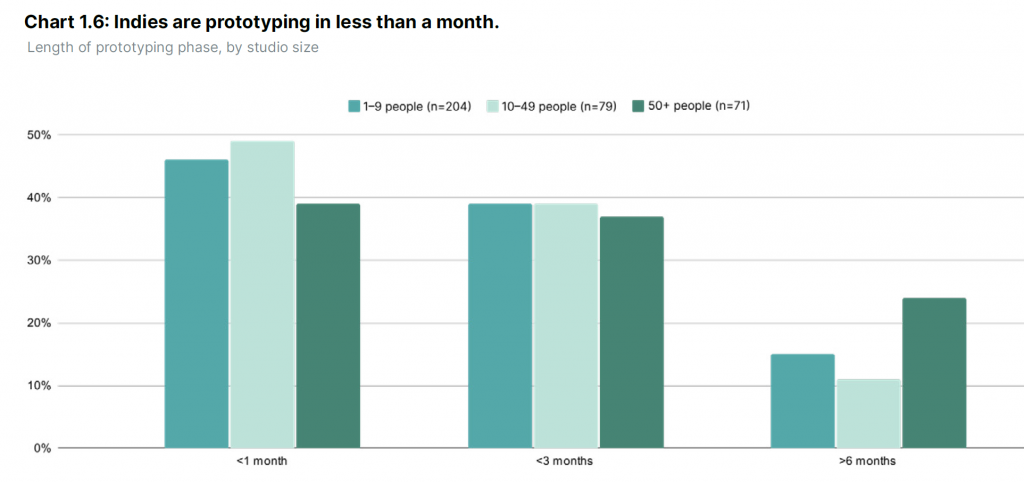
Choosing the right DevOps tools will help you with Go-To-Market
Launching an indie game is an exciting but challenging task. Indie developers often have limited resources, time, and budget to bring their game to market successfully. DevOps tools can help alleviate some of these challenges by streamlining the game development process and accelerating the time to market. In this article, we will explore the top ten benefits of using ready-made DevOps tools to launch your indie game faster.
- Faster time to market: Ready-made DevOps tools can speed up the game development process significantly. They offer a wide range of pre-built functionalities that can be integrated seamlessly into the game development pipeline, resulting in a faster time to market.
- Increased productivity: DevOps tools can automate many of the manual processes involved in game development, such as testing, deployment, and monitoring. This can free up developers’ time, allowing them to focus on more important tasks and ultimately increasing productivity.
- Cost-effectiveness: Using DevOps tools can help indie developers save money on infrastructure costs. Many DevOps tools are cloud-based, allowing developers to leverage cloud infrastructure instead of investing in expensive hardware.
- Scalability: Ready-made DevOps tools can scale up or down depending on the size and complexity of the game. This can help indie developers manage resources more efficiently and avoid unnecessary expenses.
- Improved collaboration: DevOps tools can improve collaboration among team members, allowing for better communication and collaboration between developers, testers, and other stakeholders. This can result in a more efficient and streamlined development process.
- Greater visibility: DevOps tools provide greater visibility into the game development process, allowing developers to monitor the progress of their game and identify bottlenecks or issues early on.
- Continuous delivery: DevOps tools enable continuous delivery, allowing indie developers to deploy updates and new features to their game more frequently. This can help improve the game’s quality and keep players engaged.
- Faster bug fixes: DevOps tools can help indie developers identify and fix bugs more quickly, reducing the time between bug discovery and resolution.
- Better security: DevOps tools can help indie developers ensure the security of their game by providing automated security testing and monitoring tools. This can help prevent data breaches or other security issues.
- Improved customer satisfaction: DevOps tools can help indie developers deliver a high-quality game that meets or exceeds customer expectations. This can result in better customer satisfaction and more positive reviews, leading to increased revenue and success for the indie developer.
In conclusion, using ready-made DevOps tools can provide indie developers with a significant advantage when launching their game. They can help indie developers speed up the game development process, increase productivity, save money on infrastructure costs, and improve collaboration among team members. Ready-made DevOps tools can also provide greater visibility into the game development process, enable continuous delivery, and ensure better security. By leveraging the power of DevOps tools, indie developers can deliver a high-quality game that meets customer expectations and achieves success in the competitive game market.
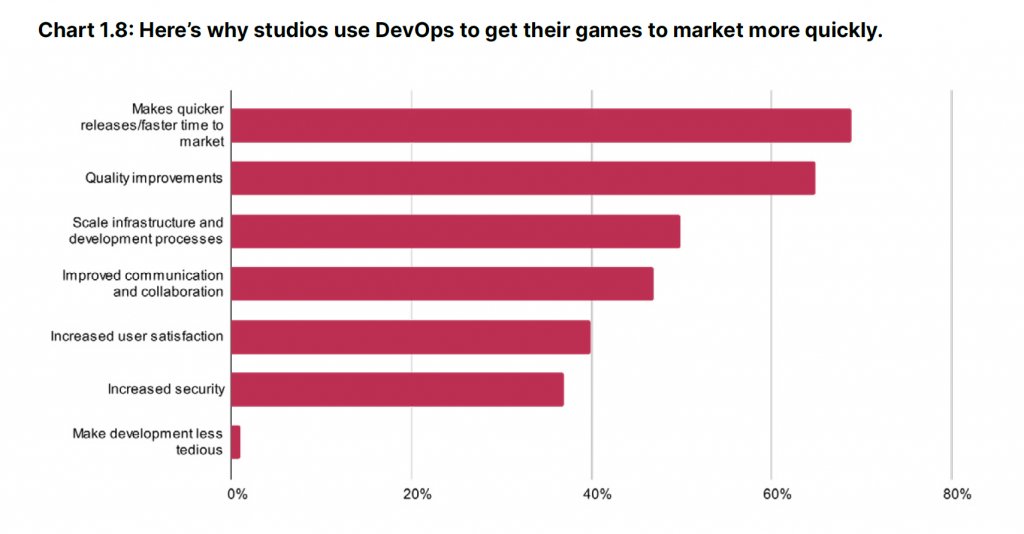
Mobile gaming is still Large Studio play
Mobile gaming has become a significant player in the gaming industry. In recent years, mobile gaming has seen a significant increase in popularity, with more and more people turning to mobile devices for their gaming needs. As a result, the mobile gaming market has grown rapidly, with revenues expected to reach $76.7 billion by the end of 2021. Given the size of the mobile gaming market, it makes sense for larger studios to focus more on mobile gaming as they have publishing and money to fund user acquisition.
One of the primary reasons why larger studios should focus more on mobile gaming is the scalability of the market. Mobile gaming has a massive user base, with over 2.7 billion gamers worldwide. This means that there is a vast market to tap into, and larger studios have the resources to target a larger audience effectively. Moreover, mobile games are easy to scale, as they can be updated frequently with new features, levels, and content. This means that larger studios can continue to engage their audience over time and keep them coming back for more.
Another reason why larger studios should focus more on mobile gaming is the ability to publish their games on multiple platforms. Mobile games can be published on iOS and Android, making it easy for developers to reach a wide audience. Additionally, many mobile games can be played on tablets, making it possible to reach an even broader audience. By publishing their games on multiple platforms, larger studios can increase their reach and tap into different markets.
Larger studios also have the money to fund user acquisition campaigns. User acquisition is essential in mobile gaming as it involves acquiring new users to download and play the game. User acquisition campaigns can be costly, making it difficult for smaller studios to fund. However, larger studios have the financial resources to fund these campaigns, allowing them to acquire more users and increase their market share.
In addition to user acquisition, larger studios can also invest in marketing campaigns to promote their mobile games. Mobile gaming has a massive audience, and marketing campaigns can help reach that audience effectively. Marketing campaigns can include social media marketing, influencer marketing, and video marketing. These campaigns can help generate buzz and excitement around a game, leading to more downloads and increased revenue.
Finally, larger studios have the resources to invest in the development of high-quality mobile games. Mobile games have become increasingly sophisticated in recent years, and larger studios have the resources to invest in the latest technologies and game engines. This means that larger studios can develop mobile games that are visually stunning, engaging, and provide a high-quality user experience. High-quality games are essential in mobile gaming, as users have high expectations for the games they play. By developing high-quality mobile games, larger studios can establish themselves as a leader in the mobile gaming market and increase their market share.
In conclusion, the mobile gaming market is massive, and it makes sense for larger studios to focus more on mobile gaming as they have publishing and money to fund user acquisition. Mobile gaming is highly scalable, making it easy for larger studios to target a larger audience effectively. Additionally, larger studios can publish their games on multiple platforms, invest in user acquisition and marketing campaigns, and develop high-quality mobile games. All of these factors can help larger studios establish themselves as a leader in the mobile gaming market and increase their market share. Overall, mobile gaming is a lucrative market, and larger studios have the resources and expertise to succeed in this space.
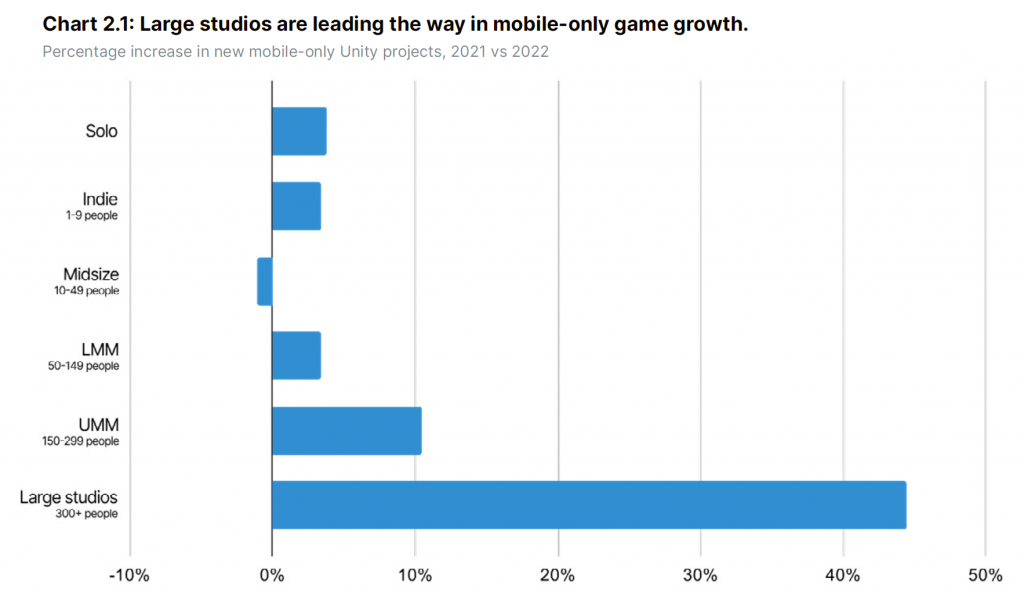
Democratization of game development means there’s a growing number of indie game studios
The democratization of game development has resulted in the growth of indie game developers worldwide, and several countries have seen a significant increase in the number of indie game studios. While the United States, United Kingdom, Canada, and Australia have the highest number of indie game developers, there are several emerging countries that are making a name for themselves in the industry. These countries include Poland, India, Kazakhstan, and Romania.
Poland has emerged as a leading destination for indie game development in Europe, with a thriving game development scene. The country has a strong history of game development, with many talented developers and studios working on some of the most popular games in the industry. Some of the notable indie game studios in Poland include CD Projekt Red, Techland, and 11 Bit Studios. The country’s government has also been supportive of the game development industry, providing funding and resources to help studios grow and expand.
India is another country that has seen a rapid growth in the number of indie game studios. The country has a large population of tech-savvy individuals, making it an ideal location for game development. Several notable indie game studios in India include Studio Oleomingus, Lucid Labs, and Dhruva Interactive. The country’s government has also taken steps to support the game development industry, providing funding and resources to help indie game developers grow and succeed.
Kazakhstan is a country that is quickly emerging as a new player in the indie game development scene. The country has a small but growing game development industry, with several promising indie game studios. Some of the notable indie game studios in Kazakhstan include Sankhara Games, Creative Mobile, and Smash Game Studios. The country’s government has also been supportive of the game development industry, providing funding and resources to help indie game developers succeed.
Romania is another country that has seen a rapid growth in the number of indie game studios. The country has a long history of game development, with several notable studios working on some of the most popular games in the industry. Some of the notable indie game studios in Romania include Black The Fall, Sand Sailor Studio, and Stuck In Attic. The country’s government has also been supportive of the game development industry, providing funding and resources to help indie game developers succeed.
The trend of democratizing game development with tools like Unity and Unreal has played a significant role in the growth of indie game developers worldwide. These tools have made it possible for anyone to create a game in a cheap way, reducing the barrier to entry significantly. As a result, we are seeing a rapid growth in the number of indie game developers worldwide, with more individuals and studios entering the industry every year.
The democratization of game development has several benefits. First, it has allowed individuals from all walks of life to enter the game development industry, regardless of their background or experience. This has resulted in a greater diversity of ideas, stories, and perspectives being represented in games, which is essential for creating a more inclusive and representative industry.
Second, the democratization of game development has led to an increase in the number of indie game studios worldwide, resulting in greater competition and innovation in the industry. This has led to the development of new ideas and technologies, driving the industry forward and pushing the boundaries of what is possible in game development.
Finally, the democratization of game development has resulted in the development of high-quality games at a lower cost. Traditionally, game development required significant investment in hardware, software, and tools, making it inaccessible for many individuals. However, tools like Unity and Unreal have made it possible for anyone to create a high-quality game on a budget.
In conclusion, the growth of indie game developers worldwide has been fueled by the democratization of game development with tools like Unity and Unreal. Countries like Poland, India, Kazakhstan, and Romania are
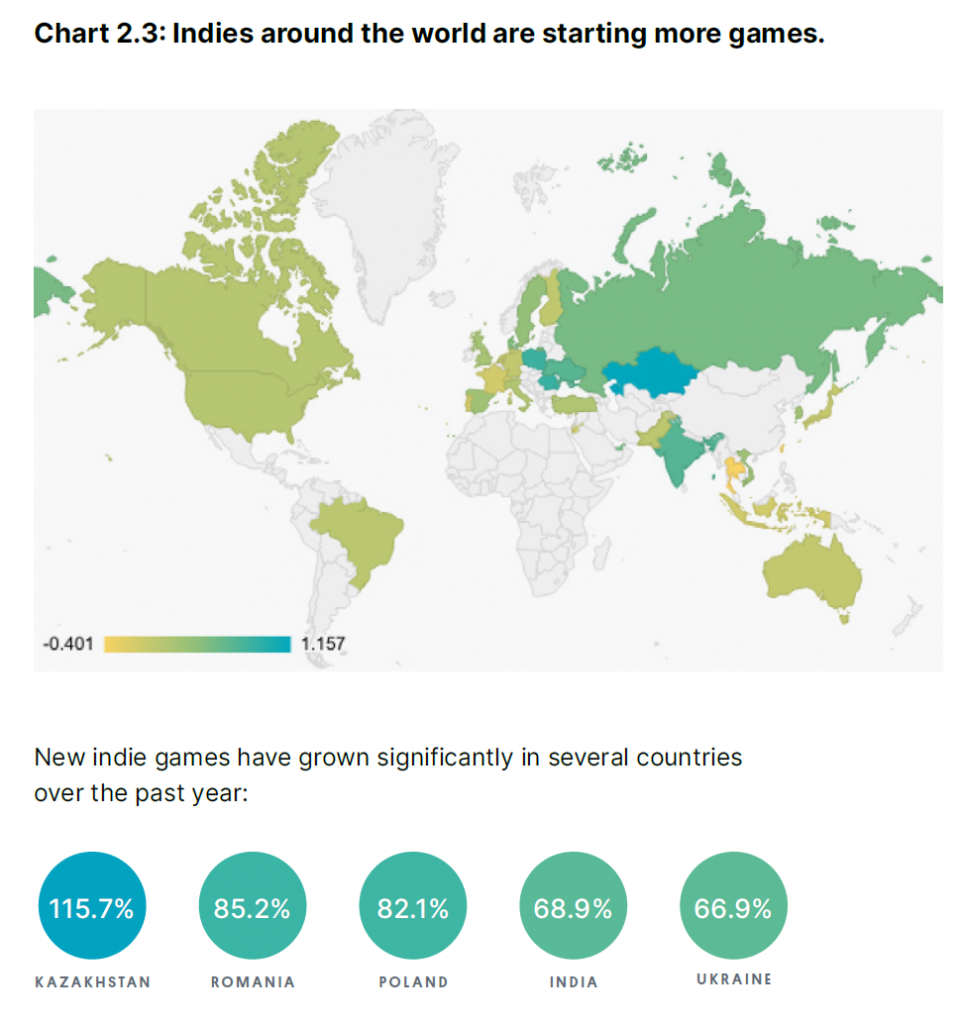
Popular game genres among indie game studios
Indie game development has become increasingly popular in recent years, resulting in the development of various indie game genres. While indie games are often associated with unique gameplay mechanics and artistic styles, there are several popular indie game genres that have emerged. In this article, we will explore the top 10 most developed indie game genres.
- Platformers: Platformers are a popular indie game genre that involves the player controlling a character that must navigate through levels filled with obstacles and enemies. Some of the most popular indie platformers include Celeste, Hollow Knight, and Ori and the Blind Forest.
- Adventure: Adventure games are another popular indie game genre that involves the player solving puzzles and exploring a vast world. Some of the most popular indie adventure games include Firewatch, Night in the Woods, and What Remains of Edith Finch.
- Puzzle: Puzzle games are a popular indie game genre that involves the player solving puzzles using logic, strategy, and critical thinking. Some of the most popular indie puzzle games include Tetris Effect, Baba Is You, and The Witness.
- RPG: RPGs are a popular indie game genre that involves the player assuming the role of a character and embarking on a journey through a vast world. Some of the most popular indie RPGs include Undertale, Stardew Valley, and Disco Elysium.
- Action: Action games are a popular indie game genre that involves the player engaging in fast-paced combat and defeating enemies. Some of the most popular indie action games include Katana Zero, Hotline Miami, and Dead Cells.
- Simulation: Simulation games are a popular indie game genre that involves the player managing a virtual world or environment. Some of the most popular indie simulation games include RimWorld, Oxygen Not Included, and Prison Architect.
- Strategy: Strategy games are a popular indie game genre that involves the player using strategic thinking and planning to outwit their opponents. Some of the most popular indie strategy games include Into the Breach, Slay the Spire, and Darkest Dungeon.
- Horror: Horror games are a popular indie game genre that involves the player experiencing fear and terror in a virtual world. Some of the most popular indie horror games include Amnesia: The Dark Descent, Outlast, and Layers of Fear.
- Sports: Sports games are a popular indie game genre that involves the player competing in various sports or activities. Some of the most popular indie sports games include Rocket League, Super Mega Baseball, and Golf Story.
- Visual Novel: Visual novels are a popular indie game genre that involves the player reading through a story and making choices that affect the outcome of the game. Some of the most popular indie visual novels include Doki Doki Literature Club, Long Live the Queen, and Steins;Gate.
In conclusion, indie game development has resulted in the development of various game genres, each with its unique gameplay mechanics and artistic styles. The top 10 most developed indie game genres include platformers, adventure games, puzzle games, RPGs, action games, simulation games, strategy games, horror games, sports games, and visual novels. As indie game development continues to grow, we can expect to see the development of new and exciting indie game genres in the years to come.
